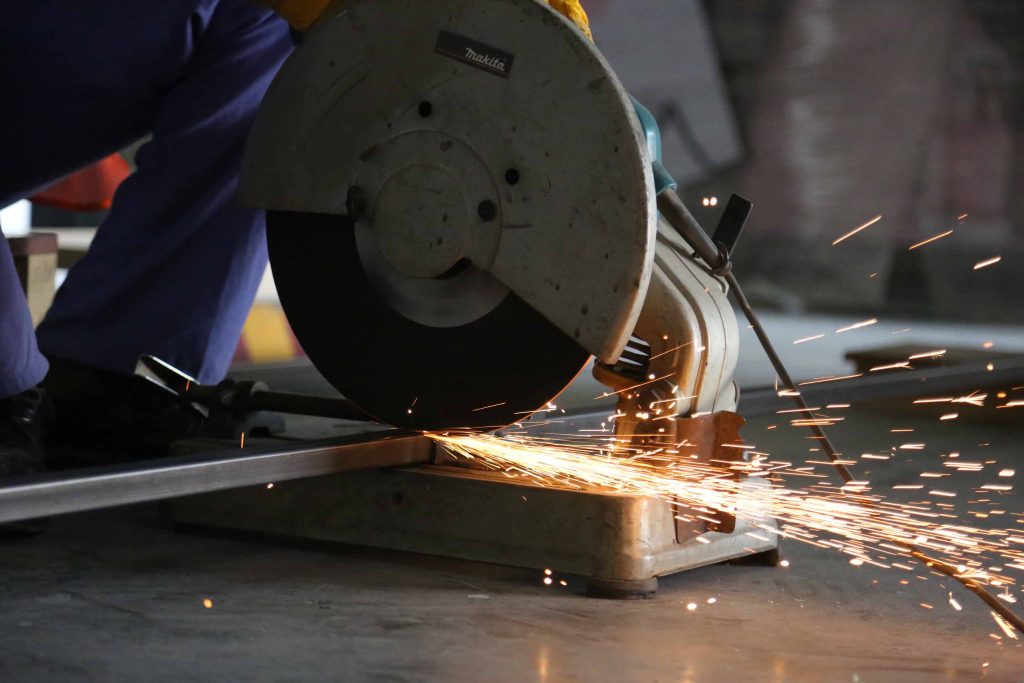Using a wet and dry vacuum cleaner can be incredibly versatile for cleaning up both dry debris and liquid spills. However, to ensure efficient operation and avoid issues, it’s essential to be aware of common mistakes that users often make. Explore here mistakes to avoid when using a wet and dry vacuum cleaner Kenya:
Not emptying the tank before switching modes:
One of the most vital mistakes is forgetting to empty the tank before switching from wet to dry vacuuming or vice versa. Wet vacuuming requires the tank to be empty of dust and debris to avoid clogging and damaging the machine when it absorbs liquids. Similarly, residual moisture in the tank can lead to mold growth or foul odors if not emptied before switching back to dry vacuuming.
Using without the proper filters:
Each vacuum mode (wet or dry) requires specific filters to operate effectively. Using the wrong filter can reduce suction power, damage the vacuum motor, or lead to poor cleaning results. Ensure you have the appropriate filter installed according to the vacuuming task you are performing.
Overfilling the tank:
Overfilling the tank beyond its capacity can lead to spills, reduced suction power, and damage to the vacuum cleaner. Follow the manufacturer’s guidelines regarding the maximum fill level for both wet and dry vacuuming. Empty the tank quickly when it reaches capacity to maintain optimal performance.
Not cleaning or maintaining the filters regularly:
Filters play a vital role in capturing dust, debris, and liquids during vacuuming. Neglecting to clean or replace filters regularly can decrease suction power and strain the vacuum motor. Clean dry filters after every use and rinse or replace wet filters as needed to maintain efficient operation and extend the vacuum cleaner’s lifespan.
Vacuuming without checking the hose and attachments:
Before starting each vacuuming session, inspect the hose and attachments for any clogs, tears, or damage. A blocked hose or damaged attachments can hinder suction and reduce cleaning efficiency. Clear any obstructions and ensure all attachments are securely connected before use to achieve optimal cleaning results.
Ignoring safety precautions:
Using a wet and dry vacuum cleaner involves handling liquids and electrical components, making safety precautions essential. Avoid vacuuming flammable liquids or hazardous materials that could damage the machine or pose safety risks. Always disconnect the vacuum from the power source before emptying the tank or performing maintenance to prevent electrical hazards.






